11421 A WELL CARVED MAHOGANY CENTER TABLE OF INTERESTING DESIGN WITH INSET SEPTARIAN NODULE TOP English. Second Quarter Of The Nineteenth Century. Measurements: Height: 30″ (76.2 cm); Diameter: 28 1/2″ (72.4 cm).
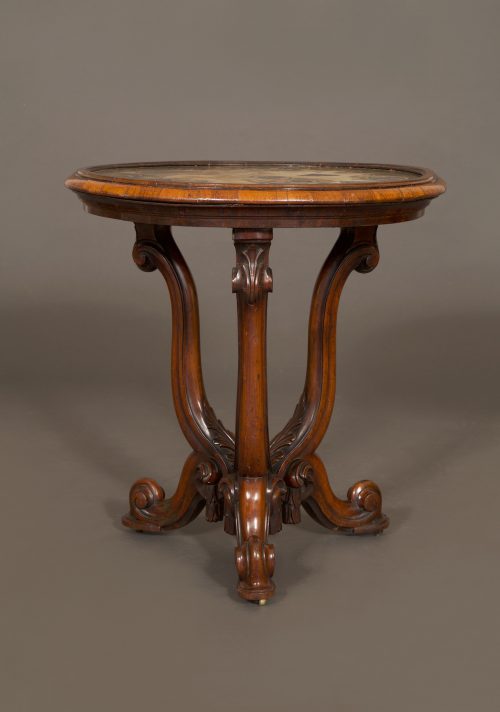
Research
Of mahogany. The circular inset Septarian Nodule top surrounded by a cavetto molding and ‘D’ molded edge which in turn rests on an ogee undermold and shallow plain frieze. The carved base consists of three scrolling acanthine supports which flow into three boldly carved voluted cabriole legs which have berried laurel pendants. Old repairs to the scrolled toes. One two-inch repair to undermold.
The striking tabletop of the present piece is constructed from a section of a septarian nodule, a type of concretion, created when pores in a mass of sedimentary rock are filled in with jelly-like mineral deposits, before hardening in a spherical or ovoid form. The nuclei of these concretions are often fossils dating from the Cretaceous period (50-70 million years ago). Septeria is the name given to the angular internal cavities, deriving from the Latin septum, meaning “partition.”
The concretions are often reddish or golden in color and because of the radiating design made by the internal cracks, are colloquially referred to as “turtle stones.” Septarian nodules have been found to be as large as 9 feet in diameter, such as the Moeraki Boulders of New Zealand. Smaller examples were found in the Oxford and Kimmeridge Clays along the Wessex Coast of England. It is likely that the present tabletop was made using a septarian nodule from that area.
While the “turtle stone” top is certainly the focus of the table, the base is an interesting example of a piece that expresses a fascinating moment in early nineteenth century English aristocratic taste known as the Rococo Revival. The years around 1830 mark the very beginning of this development.
A rare pair of white painted and parcel gilt salon chairs in the French taste, signed and dated I Fife, April 3 1830, in the Carlton Hobbs collection and published in Paris Furniture: The Luxury Market of the 19th Century by Christopher Payne (2018), represent documentary evidence of the early re-emergence of this taste during a time when the Regency aesthetic was still dominant. A most notable scheme with interiors and furniture in an overt Frenchified taste occured at Lancaster House (originally Stafford House) in St. James, London. The undulating forms of the present table and the chairs mentioned above can be seen in furniture designed for the State Apartments and the Picture Gallery (figure 1), where the wall decoration designed by Benjamin Wyatt and the gold and white Louis XIV style furnishings provided by George Morant & Son.
Another example of such a Frenchified interior dated 1833 is the Court Drawing Room of the Goldsmith’s Hall (figure 2).
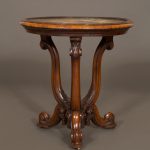
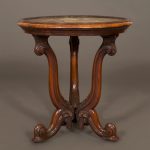



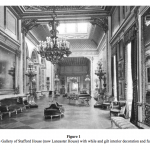
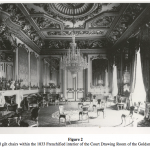
Comments are closed.